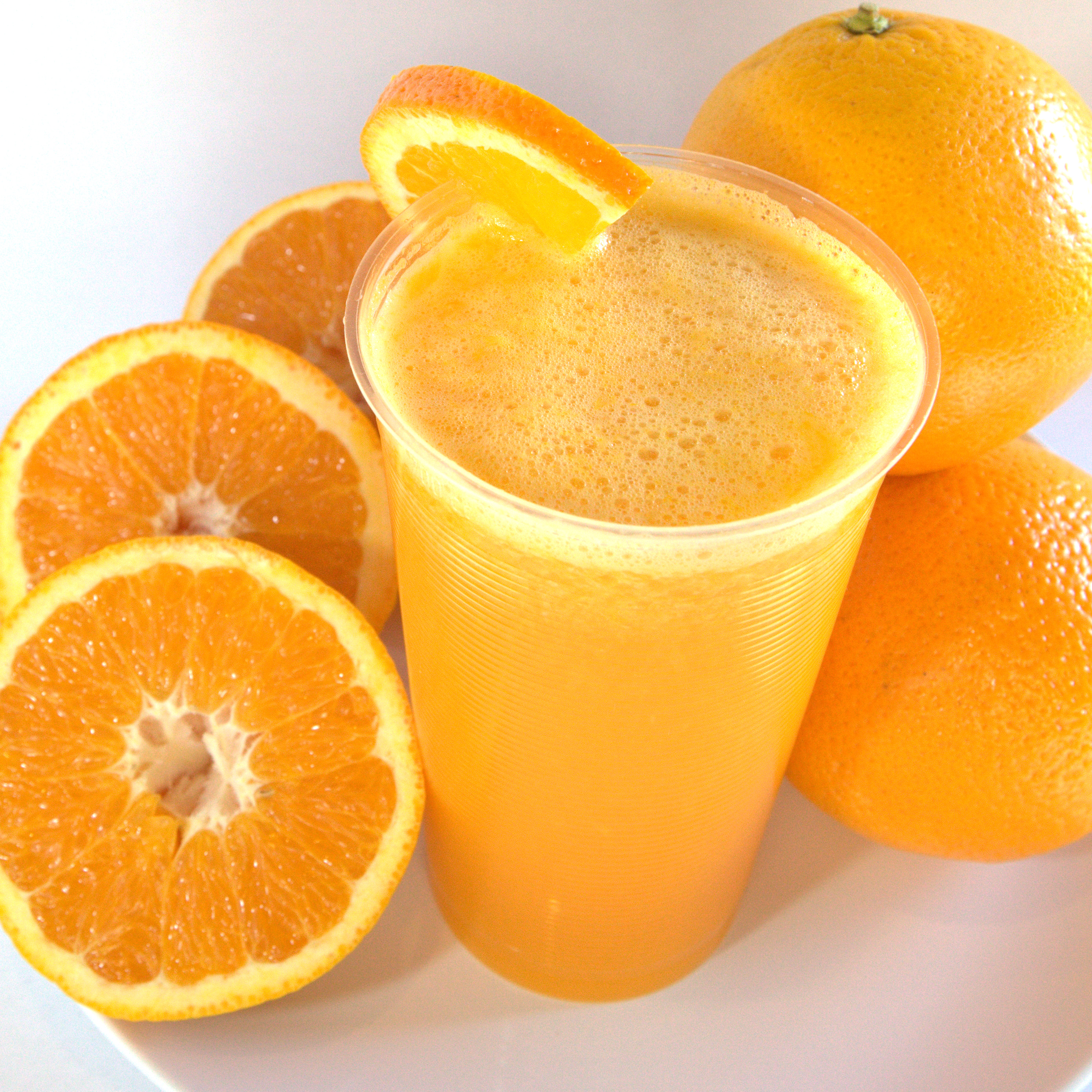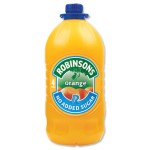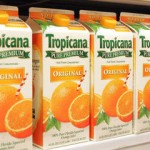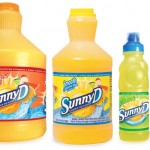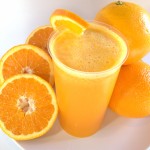Orange juice is good for you. No really, it is. Just think of all that wonderful vitamin C and its contribution to your five a day! This is the story of me and my growing to like REAL OJ, and how I came to reduce my intake substantially.
I can remember a time when orange juice was a very nasty drink indeed. When I was young kids were only offered some form of diluted orange cordial or squash, which often tasted more of a cross between pineapple and fish than oranges, yet every household seemed to buy this awful liquid. Granted some were better than others, but it to describe this as “orange juice”, as some did, was a long way distant from the truth.
At posher parties in the 70s you would sometimes see something often described by hosts as “fresh orange”, which was anything but orange freshly squeezed from the fruit. Typically it came in cans (which I gather improve the vitamin C durability but don’t add to the drinkability) or cardboard long-life containers, was made from concentrated and rehydrated fruit juice, and tasted unpleasant and not terribly sweet, but was undoubtedly closer than what we had been used to. You could also buy concentrates of proper orange and add your own water – a slight improvement on squash though still not great. A lot of hotels still offer that variant in their juice caddies for self-service breakfasts.
We drank it because we didn’t know any different, but at least – unlike squashes and many other soft drinks – it did not contain artificial colours like tartrazine, artificial flavours, sweeteners (notably the appalling aspartame) or preservatives. It was even served as a starter in restaurants, which takes some believing in 2012!
Of course, the only real alternative if you wanted something that tasted of oranges was to squeeze your own fruit, providing you could buy really tasty oranges, but almost nobody did. My mother had a citrus squeezer, but I only ever remember it being used for lemons on shrove Tuesday, and certainly never, say, for a proper fresh juice for breakfast. No doubt you could find that in the best restaurants, but I can only put the lack of proper squeezing in that era down to ignorance.
The era of commercially-available “real” OJ began, in my recollection at least, when Tropicana hit these shores (which company originates in Bradenton, Florida, where my brother-in-law’s brother and his wife lived for several years, but is now owned by PepsiCo, more’s the pity.) Already a big hit in the States and probably elsewhere, Tropicana began a trend towards pasteurised juices made from fresh fruit juice and no concentrates. Clearly this made them more expensive, since concentrated juice takes up less space and can therefore be shipped more cheaply from sunnier climes, though this marked a highly upward shift in juice prices that saw common or garden OJ rebranded as a luxury drink. After Tropicana came other brands, some offering unpasteurised juices that taste almost as good as freshly squeezed.
There were several big differences with this development. The first thing was flavour: this new OJ was and is naturally very sweet, without the need for additives. Too much sugar, said the health lobby, though that did not put me off. Then we had new variants never before seen: not just standard juice but we could decide whether we wanted bits of orange pulp in our juice or a smooth drink, which varieties of orange we wanted (I personally adore sanguinello blood orange juice), and indeed orange mixed with other fruits. Perhaps it goes against the grain a little, but I often buy the Ruby Breakfast – a combination of orange juice, blood orange and pink grapefruit, by far the most successful blend in my humble opinion.
My trouble was that the new breed of OJs were so wonderful I could drink this stuff by the bucketful, which was both very expensive and not good for me. A slightly unusual addiction to acquire, too, but there is no doubt it is very moreish and took up a regular slot on my shopping list – typically 4 or 5 litres a week!
This habit was only really broken when I had my ankle plastered and was offered by the hospital a dexa-scan to test for osteoporosis, which revealed that my bones were possibly more brittle than they ought to be so the natural cure was to drink more milk, thereby increasing my calcium intake. Milk is much cheaper, arguably more refreshing and probably far better for me, so now I drink pints and pints of it, and restrict myself to the occasional treat of some OJ. If I have any in the house when my kids are around, it’s gone in no time so this is mostly a private treat, to be enjoyed by myself in secret!!
Of course, vile and nasty sweetened, artificial drinks have not vanished in the meantime, and others came on the market with marketing that made them look as good as the real thing. The likes of Sunny Delight (aka Sunny D) – variously between 15 and 20% fruit juice with a lot of water, sweeteners and other additives – won a big market some years back, but now seems to be on the wane. Perhaps we’re more sophisticated in our drinking habits now and choose from a wide range of sugary drinks, still and fizzy, flavoured waters and much more besides.
While Adam developed his Coke habit (thankfully not coke!) and Lindsey got into green tea and hot chocolate, I did invest in a juicer. This is a wonderful device which can turn pretty much any fruit and veg into juice and pulp, not just citrus. It will happily eat vast quantities of each, and an excellent way to use packs of mixed fruit sold for pennies near closing time in supermarkets. Some combinations have proved wonderful, though I maintain that the best and purest drinking sensation is always fresh orange juice made from the finest oranges you can lay your hands on. So now and again, my breakfast treat will remain some zingingly wonderful home-squeezed juice!

